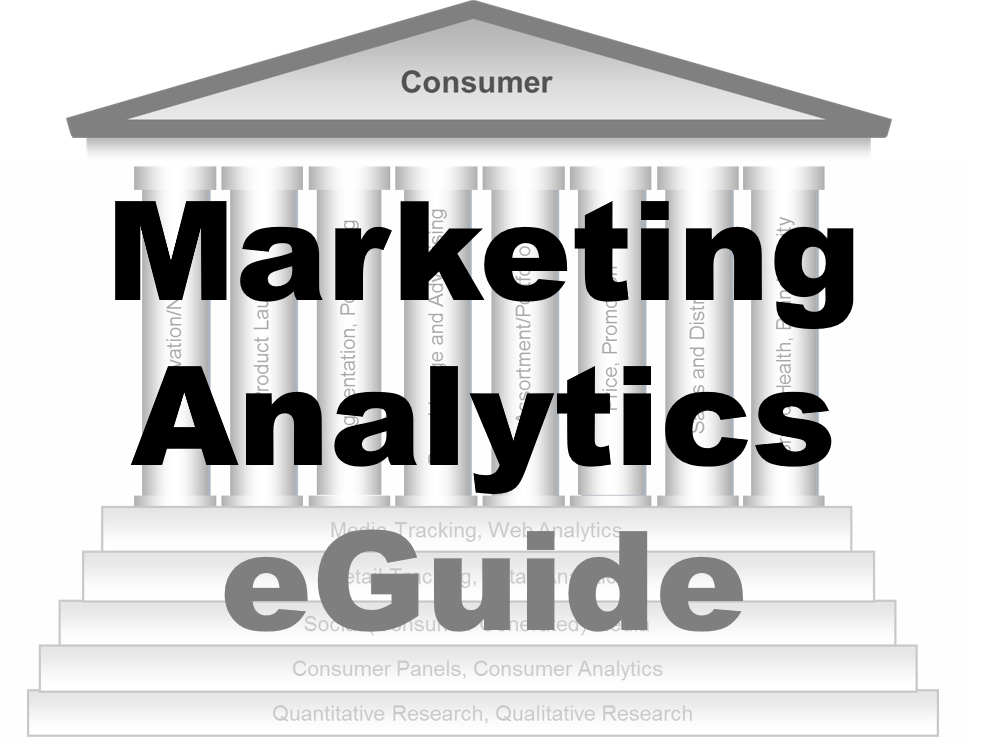-
Advertising Analytics
Advertising Analytics
Audience Measurement
OTT Services
Internet Protocol TV
Return Path Data
Viewer Analytics
Gross Rating Points
Digital Audience Measurement
Total Audience Measurement
Copy Testing
Testing Advertising Online
Advertising Tracking
Continuous vs. Dipstick
Tracking Questionnaire
Advertising Engagement
Behavioural Engagement
YouTube Analytics
Attitudinal Engagement
Branded Memorability
Persuasion
Uniqueness
Likeability
Image and Symbolism
Involvement
Communication
Emotion
Case — Molly LFHC
Awareness Index Model
- How Advertising Works
- Advertising Analytics
- Packaging
- Biometrics
- Marketing Education
- Is Marketing Education Fluffy and Weak?
- How to Choose the Right Marketing Simulator
- Self-Learners: Experiential Learning to Adapt to the New Age of Marketing
- Negotiation Skills Training for Retailers, Marketers, Trade Marketers and Category Managers
- Simulators becoming essential Training Platforms
- What they SHOULD TEACH at Business Schools
- Experiential Learning through Marketing Simulators
-
MarketingMind
Advertising Analytics
Advertising Analytics
Audience Measurement
OTT Services
Internet Protocol TV
Return Path Data
Viewer Analytics
Gross Rating Points
Digital Audience Measurement
Total Audience Measurement
Copy Testing
Testing Advertising Online
Advertising Tracking
Continuous vs. Dipstick
Tracking Questionnaire
Advertising Engagement
Behavioural Engagement
YouTube Analytics
Attitudinal Engagement
Branded Memorability
Persuasion
Uniqueness
Likeability
Image and Symbolism
Involvement
Communication
Emotion
Case — Molly LFHC
Awareness Index Model
- How Advertising Works
- Advertising Analytics
- Packaging
- Biometrics
- Marketing Education
- Is Marketing Education Fluffy and Weak?
- How to Choose the Right Marketing Simulator
- Self-Learners: Experiential Learning to Adapt to the New Age of Marketing
- Negotiation Skills Training for Retailers, Marketers, Trade Marketers and Category Managers
- Simulators becoming essential Training Platforms
- What they SHOULD TEACH at Business Schools
- Experiential Learning through Marketing Simulators
Advertising Analytics
Exhibit 13.1 Telepic of the Coca-Cola Hilltop ad: “I'd like to buy the world a Coke and keep it company” (Source: Coca-Cola website).
“Advertising people who ignore research are as dangerous as generals who ignore decodes of enemy signals.” David Ogilvy.
In the 19th century, John Wanamaker lamented, “Half the money I spend on advertising is wasted; the trouble is I don’t know which half”. Since his time, and especially during the latter half of the 20th century, many theories and models emerged that have enhanced our understanding of advertising and its impact. Yet uncertainty still clouds advertising as the complexity of evaluating it has increased with media fragmentation and the proliferation of online and conventional platforms.
Advertisers are essentially interested in knowing who their audience is and how their audience engages with advertising campaigns. They gain these insights from three interrelated research fields — audience measurement, engagement measurement, and market response modelling (also known as marketing mix modelling). Exhibit 13.2 illustrates how these disciplines work in tandem to yield the knowledge that the advertisers are seeking.

Exhibit 13.2 Evaluating Advertising Effectiveness – audience measurement, engagement measurement and market response modelling.
Measuring the short-term sales impact of an ad in a purely digital context is relatively simple, as it involves tracking customers from online advertisements to online purchases.
In a broader context, marketing mix models, which estimate the return on investment (ROI) of advertising, are often imperfect. Despite using stock variables and dynamic effects, these models struggle to capture the long-term effects of advertising on sales. Although marketing mix models can measure the persuasiveness of an advertisement, they are less effective at assessing how advertising helps sustain and grow brand loyalty over time. Consequently, engagement measures provide for a better understanding of advertising, though not in terms of dollars and cents. For more information on marketing mix modelling, please refer to Volume IV, Chapter on Marketing Mix Modelling.
This chapter dwells on audience measurement and engagement measurement. Audience measurement is a rapidly evolving field that has traditionally been confined to silos — primarily TV, press and radio. With the onset of online advertising, a new silo emerged: digital. And as eyeballs shift across screens, media owners and advertisers increasingly demand multiplatform metrics and measurement methods that measure total audience.
Advertising has been proven to work in a variety of ways, and marketers have diverse objectives for the type of engagement they seek from their audiences. These objectives vary widely depending on the nature of the product, its lifecycle, brand history, corporate priorities, competitive environment and a host of other factors. They must be keenly considered while evaluating advertising, as was highlighted by a consortium of 21 leading U.S. advertising agencies.
This consortium released a public document that laid out the Positioning Advertising Copy Testing (PACT) principles on what constitutes good copy testing. PACT stressed the need for multiple measurements: “because single measurements are generally inadequate to assess the performance of an advertisement”. It emphasised that a good copy testing system should provide measurements which are relevant to the objectives of the advertising, and highlighted the need for clarity and agreement about how the results will be used in advance of each specific test.
The key themes that shed light on advertising were reviewed in the previous chapter How Advertising Works. These themes suggest that advertising success hinges on its ability to:
- generate salience,
- persuade consumers,
- differentiate from competitors,
- generate affinity for the brand,
- associate the brand with values, symbols and images,
- build relationships with consumers, and increase their involvement with the brand,
- generate feelings and emotions,
- and convey relevant messages — its proposition, its mantra.
This chapter provides an overview of advertising analytics in the context of pre-testing (copy testing) and post-testing (tracking) advertising. It outlines how the imperatives listed above, are tracked and measured by major global advertising analytics and research firms such as Millward Brown (Kantar) and Ipsos ASI. The chapter also explores Millward Brown’s awareness index model, which offers a framework for measuring the effectiveness of advertising in generating awareness.
Next
Use the Search Bar to find content on MarketingMind.
Contact | Privacy Statement | Disclaimer: Opinions and views expressed on www.ashokcharan.com are the author’s personal views, and do not represent the official views of the National University of Singapore (NUS) or the NUS Business School | © Copyright 2013-2025 www.ashokcharan.com. All Rights Reserved.





